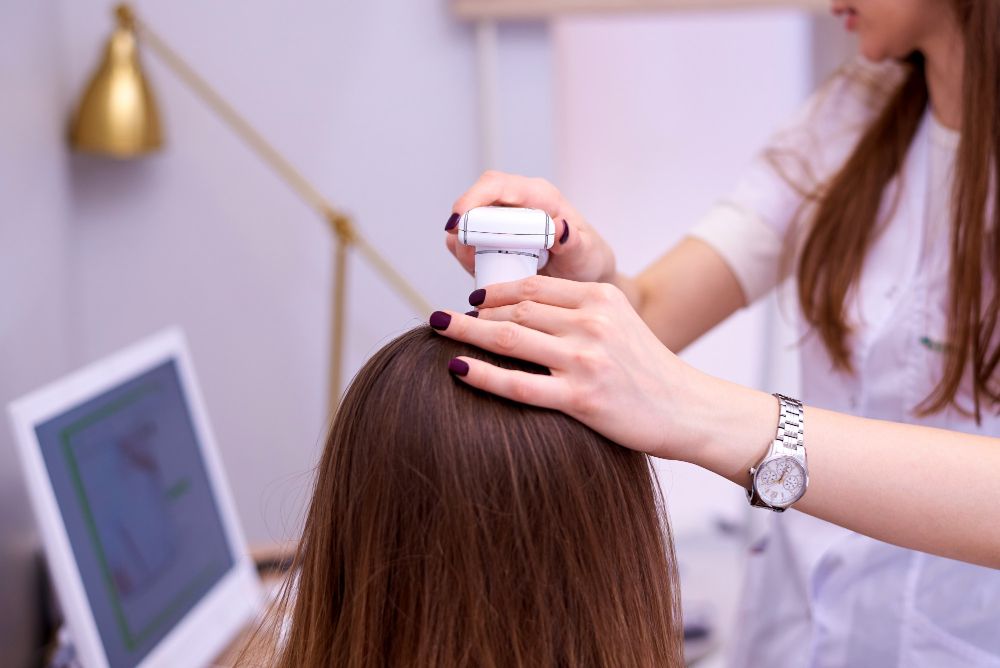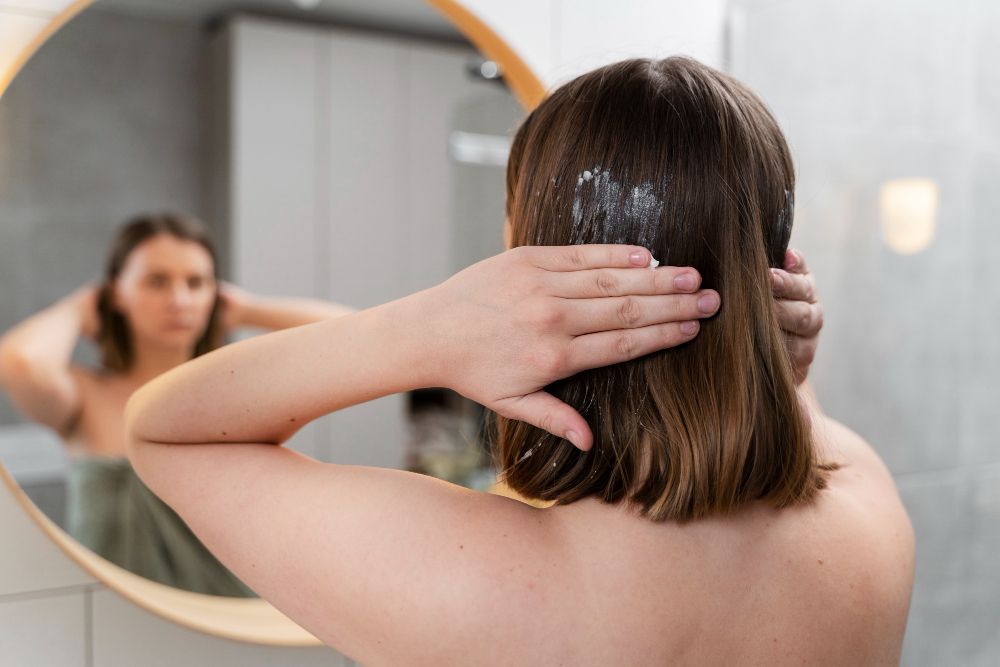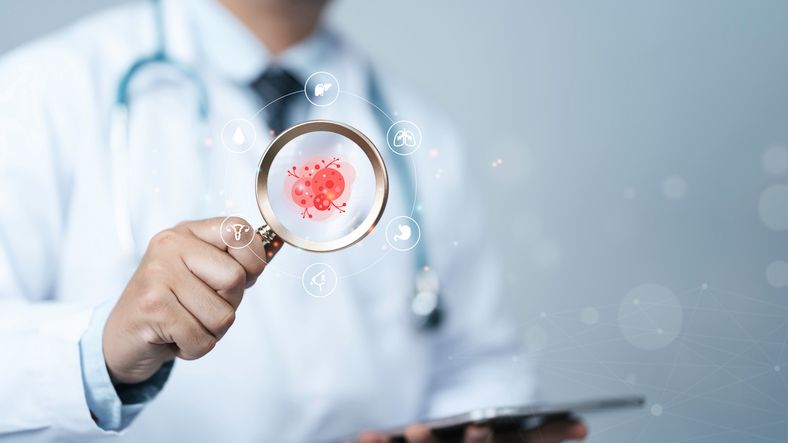- Home
- Trend
- Weight Loss Strategies
- Acne Tips
- Hair Health Information
- Blemish Removal Tips
- Acne Scar Removal Tips
- Muscle Building Techniques
- Intimate Care Tips
- Postpartum Intimate Care
- Eye Bags Wiki
- Tips for Face Slimming
- Secret of Permanent Hair Removal
- Breast Enlargement Tips
- Cure to Snoring
- Marionette Lines
- Skin-Tightening Secrets
Acne is a major enemy of the skin, and many women have likely experienced it at some point. Acne can cause redness, swelling, and inflammation, which not only feels uncomfortable but also impacts one’s appearance. Among the various types of acne, the most severe and troublesome is cystic acne—a form that causes intense pain, takes months to heal, and often leaves behind scars.
What is Cystic Acne?
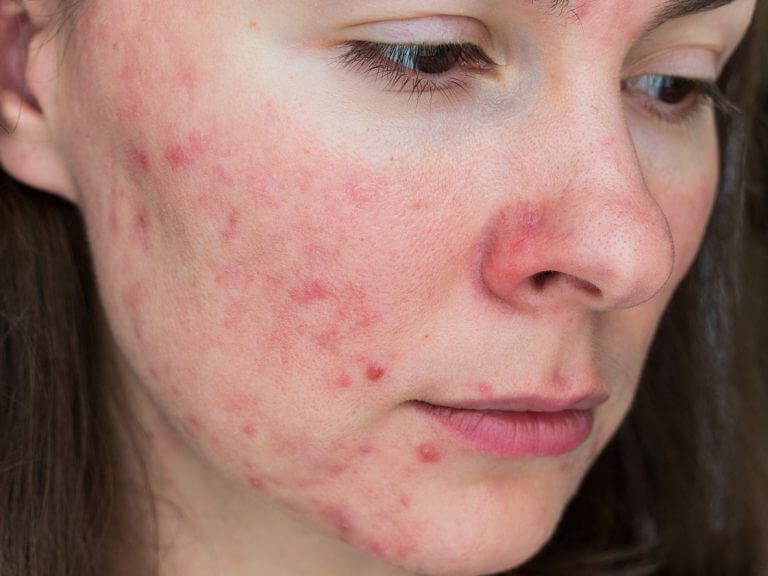
Cystic acne, like common acne, is triggered by Cutibacterium acnes (formerly known as Propionibacterium acnes). However, it differs in that the inflammation occurs deep in the skin’s lowest layers, making it hard to detect at first. By the time a cyst becomes visible, the deep layers of the skin are already seriously inflamed, leading to raised, swollen, red nodules without a visible pus head. These bumps can protrude like a small hill on the skin and are nearly impossible to conceal with makeup.
What are the Characteristics of Cystic Acne?
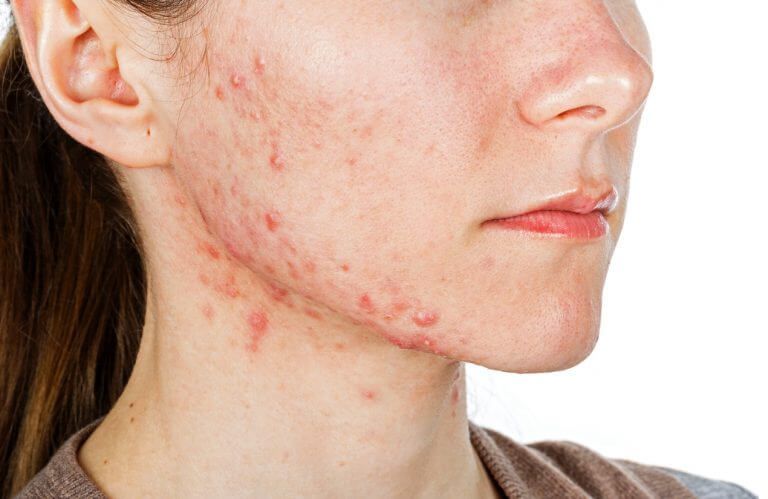
Cystic acne is the most severe type of acne and typically occurs when sebaceous glands overreact to androgens (male hormones), resulting in excessive sebum production. The excess oil leads to congestion in the dermis, causing swelling and hardening. Since the oil cannot reach the skin’s surface, it accumulates and ruptures internally, forming large nodules or cysts.
Distinct features of cystic acne include:
1. Raised, red, and swollen bumps
2. Painful and firm to the touch
3. No visible opening or whitehead
4. Usually does not form surface pus
免費體驗
Acne Treatment
1 Minute Self-Registration
Date should not be before minimal date
Top 5 Causes of Cystic Acne
While hormonal imbalance is the main trigger (especially during puberty, menstruation, pregnancy, or menopause), other contributing factors include:
1. Excess Sebum Production
Some women naturally have more active sebaceous glands, making their skin oilier. Lifestyle habits like late nights, stress, and sleep deprivation can worsen this. Overactive sebum increases the risk of clogged pores, leading to cystic acne.
2. Abnormal Keratinization
The skin's stratum corneum helps retain moisture and shield against environmental stress. When dead skin cells aren’t shed properly, they clog pores and trap sebum, leading to deep inflammation and cyst formation.
3. Inflammation Around Hair Follicles
Blocked oil and keratin buildup can compress the hair follicles and trigger inflammation—redness, swelling, and pain. If this worsens, it may evolve into cystic acne.
4. Bacterial Infection (Cutibacterium acnes)
When pores remain clogged and oily, they create an ideal breeding ground for bacteria. Any added skin irritation can further provoke cystic acne.
5. Polycystic Ovary Syndrome (PCOS)
PCOS is a common condition where androgens are elevated. Hormonal imbalance and high insulin levels disrupt ovulation and may increase acne flare-ups, particularly cystic acne.
Emergency Relief for Cystic Acne: 4 Common Methods
Cystic acne flare-ups are painful and form noticeable hard lumps. Try these remedies to alleviate symptoms:
1. Use Salicylic Acid Exfoliants
Acid-based skincare boosts cell turnover and clears clogged pores. Regular use of small-molecule acids like salicylic or azelaic acid helps reduce redness, control bacteria, and improve inflammation.
2. Acne Creams
Topical creams can sterilize, reduce inflammation, and regulate sebum. Look for ingredients like sulfur, azelaic acid, salicylic acid, or benzoyl peroxide.
3. Acne Patches
These hydrocolloid patches protect acne from bacteria and dirt while supporting healing and reducing the temptation to pick at blemishes.
4. Cortisone Injections
For rapid results, dermatologists may inject diluted corticosteroids directly into cystic acne. These “acne shots” help calm inflammation quickly. However, they are not suitable for infected cysts or those with cellulitis, and may cause dents in those prone to scarring—so professional evaluation is a must.
5 Key Steps to Prevent Cystic Acne
Prevention is always better than cure. Follow these daily practices:
1. Apply Sunscreen
Avoiding sunscreen may worsen oil-water imbalance and speed up skin aging. Choose lightweight, non-greasy sunscreens or use hats and masks for protection.
2. Regular Exfoliation
Built-up dead skin can block pores. Weekly exfoliation clears these layers, enhances cell turnover, and helps prevent breakouts.
3. Avoid High-Sugar, Dairy & High-GI Foods
Foods like cookies, cake, and dairy can spike insulin and promote oil production, increasing acne risk. Cut back to help control flare-ups.
4. Gentle Cleansing and Moisturizing
Use mild, water-soluble cleansers twice daily with lukewarm water. Avoid over-washing, which can disrupt skin balance.
5. Don’t Over-Control Oil
Washing your face 3–4 times daily can backfire. Cystic acne stems from deep dermal inflammation, not surface oil. Over-washing worsens dryness and oil imbalance.
免費體驗
Acne Treatment
1 Minute Self-Registration
Date should not be before minimal date
Western Medical Treatments for Cystic Acne
If cystic acne has already broken out, prompt treatment is crucial. Western medicine typically offers the following:
1. Oral Antibiotics
Commonly prescribed to reduce bacteria and inflammation. Tetracyclines and macrolides are popular choices. Side effects may include dizziness, headaches, or diarrhea, and acne may return after stopping.
2. Hormone Therapy
Since excess androgens often trigger cystic acne, hormone blockers may be prescribed—but only after thorough consultation due to possible side effects.
3. Isotretinoin (Vitamin A Derivative)
This retinoid shrinks sebaceous glands and prevents bacterial growth. It's highly effective but may cause skin irritation, redness, and is strictly contraindicated during pregnancy due to risk of birth defects.
4. Low-Level Laser Therapy
LED light treatments (red and blue) can reduce oil production and bacterial activity. However, multiple sessions are required for visible improvement.
Traditional Chinese Medicine’s (TCM) Approach to Cystic Acne
TCM takes a holistic view, treating both the root and symptoms. Based on individual constitution and acne type, practitioners may use herbs or acupuncture.
From a TCM perspective, cystic acne stems from internal heat toxins that disturb qi and blood flow, leading to stagnation, nodules, and pain.
Treatment focuses on clearing heat toxins and softening nodules. Common herbs include Viola, Forsythia, Salvia, Red Peony Root, Pinellia, and Poria.
Say Goodbye to Cystic Acne! Try Perfect Medical’s Acne Treatment
Cystic acne is often large and deeply inflamed. DIY remedies can worsen the condition and delay healing. Instead of waiting months for natural recovery, why not seek professional help?
Perfect Medical’s Acne Treatment is an excellent solution for cystic acne removal. It clears pores from deep within the skin, balances oil production, and reduces breakouts from recurring.
The treatment uses a patented vacuum microdermabrasion technique to gently exfoliate dead skin without pain. Combined with a deep-purifying serum infusion, it dissolves blackheads and unclogs pores, while restoring a healthy oil balance.
With advanced technology and vacuum pressure, the treatment delivers active ingredients deep into the skin and stimulates collagen repair. It rejuvenates damaged tissue and boosts collagen production, helping skin recover its smooth, refined texture.
Perfect Medical’s Acne Treatment targets not only cystic acne, but also hormonal acne, clogged pores, blackheads, and stress-induced breakouts.
Still battling breakouts? If over-the-counter creams aren’t working, let the professionals take over. Perfect Medical is now offering free trial treatments—click the link below to sign up and experience premium acne care for yourself!
Free Trial: Perfect Medical Acne Treatment免費體驗
Acne Treatment
1 Minute Self-Registration
Date should not be before minimal date
FAQ

What causes cystic acne?
Some women naturally have more active sebaceous glands, making their skin prone to oiliness. In addition to this, lifestyle factors such as staying up late, lack of sleep, and stress can also trigger excessive sebum production. When the skin produces too much oil, it significantly increases the chances of clogged pores, which can lead to cystic acne. Abnormal keratinization of the skin's surface is another contributing factor. When dead skin cells clog pores, sebum cannot be expelled properly, which may lead to deeper skin inflammation and eventually result in cystic acne. Certain medical conditions can also increase the risk. For example, women with polycystic ovary syndrome (PCOS) often have higher levels of androgens and may experience elevated insulin levels. These hormonal imbalances can disrupt ovulation and contribute to acne outbreaks, significantly raising the likelihood of developing cystic acne.
What are the characteristics of cystic acne?
Cystic acne forms gradually beneath the skin, eventually appearing as swollen, raised red bumps. Unlike typical acne, cystic acne doesn’t have visible whiteheads or pus-filled heads. However, the affected area is often very painful to the touch. These cysts are usually firm, inflamed, and closed at the surface, and they typically do not come to a head or burst on their own.
How can I treat cystic acne quickly?
You can start by using acid-based exfoliating skincare products. These help boost skin metabolism and unclog pores. Regular use of acids with smaller molecular structures—such as salicylic acid and azelaic acid—can help reduce the redness and swelling of cystic acne, minimize bacterial buildup in pores, and improve inflammation by allowing oil to flow more freely. Topical acne creams are another common emergency treatment. Most over-the-counter acne creams contain ingredients that help kill bacteria, soothe inflammation, reduce redness, and suppress oil production. Common active ingredients include sulfur, azelaic acid, salicylic acid, and benzoyl peroxide—all of which can help relieve inflamed skin.
Are there any recommended acne treatments?
Perfect Medical’s Acne Treatment uses a unique vacuum dermabrasion technique to gently and painlessly remove dead skin cells, leaving your skin smooth and refined. The treatment also incorporates a deep-cleansing infusion formula that delivers active ingredients into the deeper layers of the skin. It helps balance oil production, unclog pores, and dissolve blackheads and whiteheads. Using high-tech, deeply penetrating methods along with vacuum suction, the treatment quickly infuses the skin with active ingredients, while also stimulating collagen repair and regeneration. This process restores damaged skin tissue and promotes the production of healthy collagen by fibroblasts, helping to repair acne-affected areas and leaving the skin soft, smooth, and refined.
Is the Perfect Medical Acne Treatment safe?
Perfect Medical’s Acne Treatment is a non-invasive skincare solution that is completely safe and reliable. This breakthrough technology delivers active ingredients deep into the skin without damaging the skin’s natural barrier. The vacuum dermabrasion process gently removes dead skin cells and impurities painlessly, improving skin quality from within by dissolving blackheads and whiteheads. The entire procedure is comfortable, safe, and painless—an ideal, non-invasive way for women to quickly combat acne.






